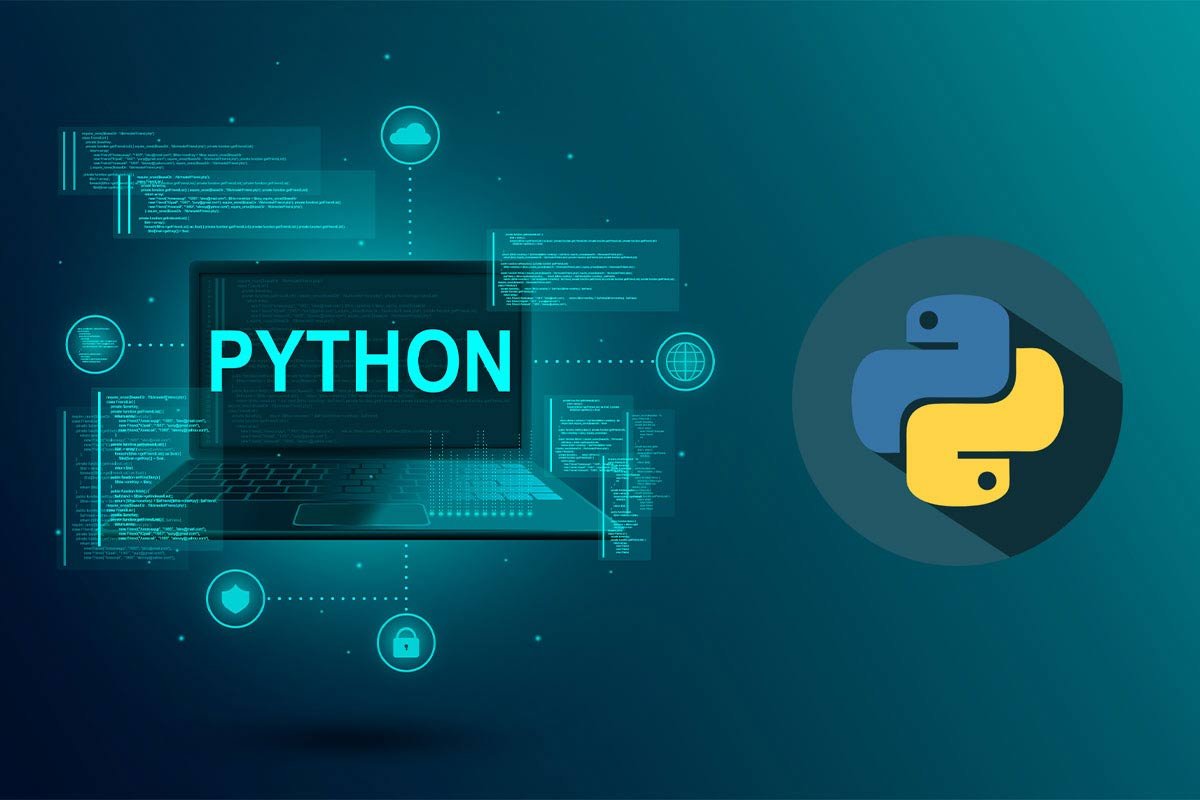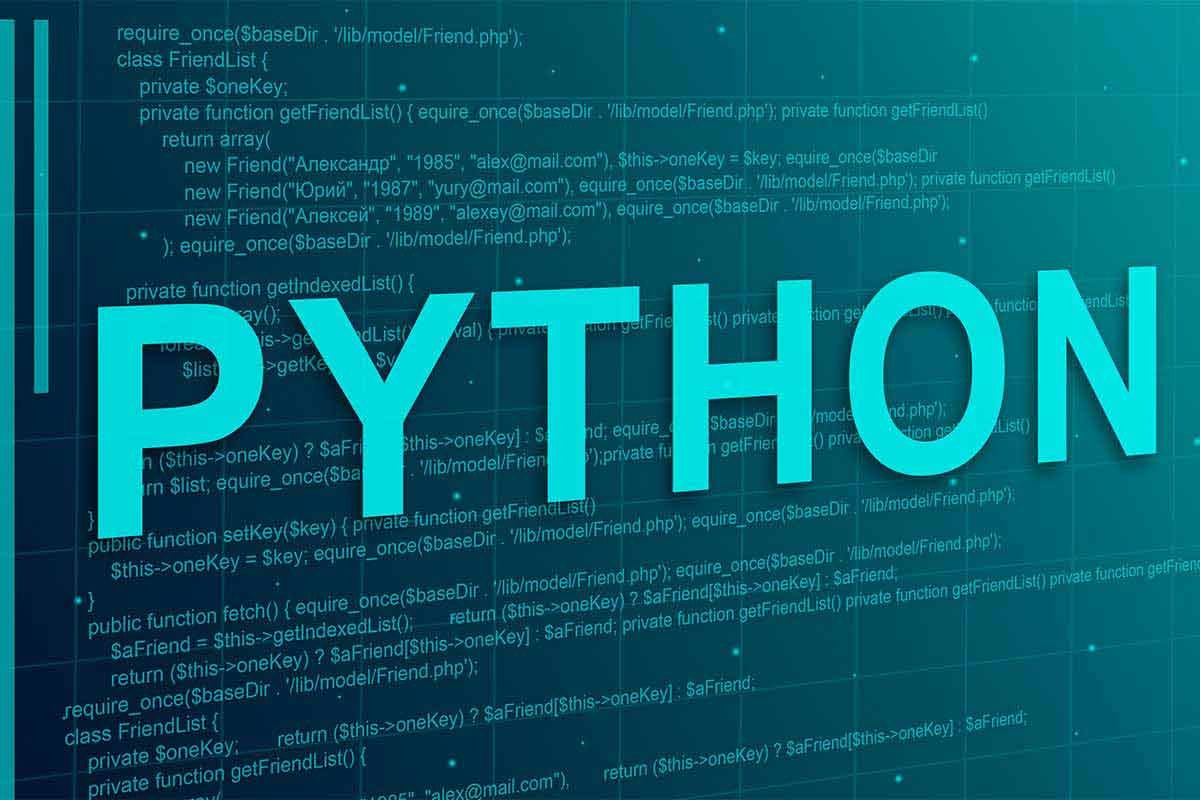Home Technology Best job opportunities after AI course Job Opportunities...
Read MorePython – The Name of Simplicity

Evolution of Python
Influence of Python

Scope of Python
Versions of Python

In Developer’s perspective
So when we get into the shoes of a developer, with the rich library support and simplicity in coding, Python holds the first position in various streams like Web development, Software development, Mathematics, System scripting, etc. With its large community support, Immense libraries and frameworks could extend its functionality and capabilities. As an open-source and high-level programming language Python offers much flexibility in programming as compared to many other languages like C++, Java, PHP, etc. According to recent surveys, Artificial Intelligence and Machine Learning are the trending technologies and is taught very efficiently at D Soft Technologies.
Job Roles of Python

The High-Performance Python Superset for AI
Home Python The High-Performance Python Superset for AI The High-Performance...
Read MoreRecent Articles
Best job opportunities after an AI course
Home Technology Best job opportunities after AI course Job Opportunities...
Read MoreThe High-Performance Python Superset for AI
Home Python The High-Performance Python Superset for AI The High-Performance...
Read More
